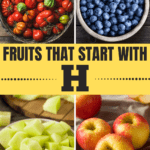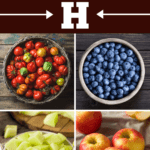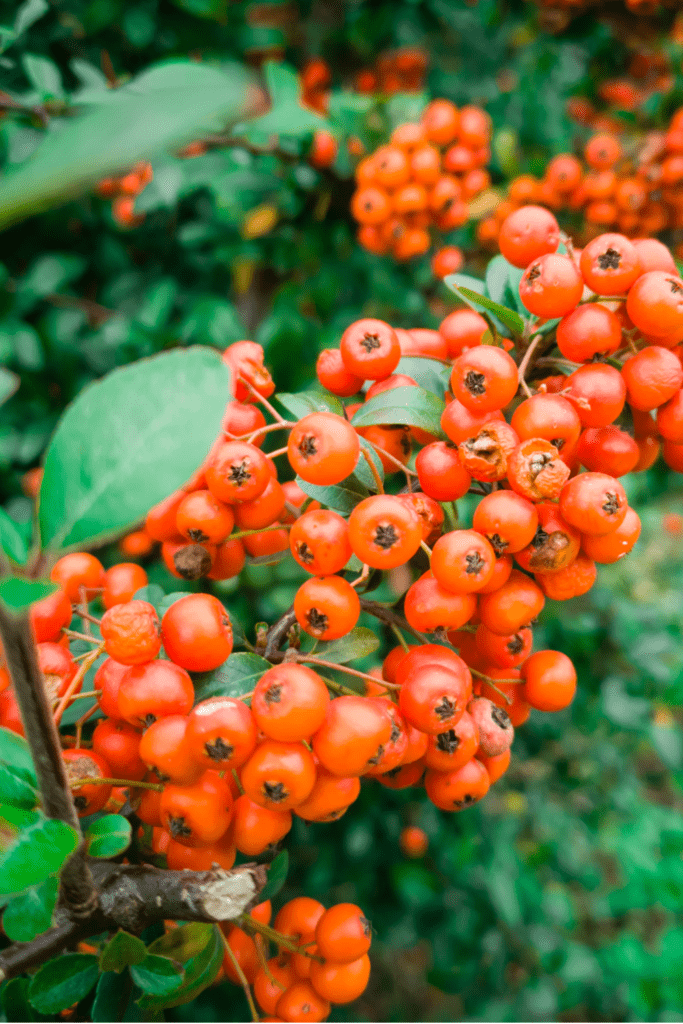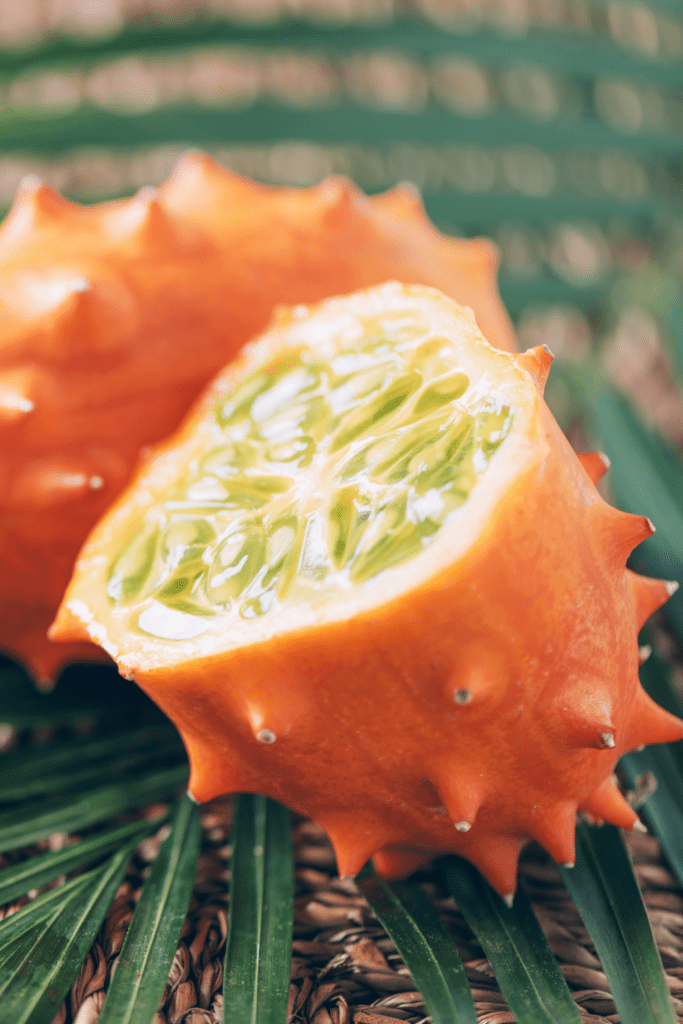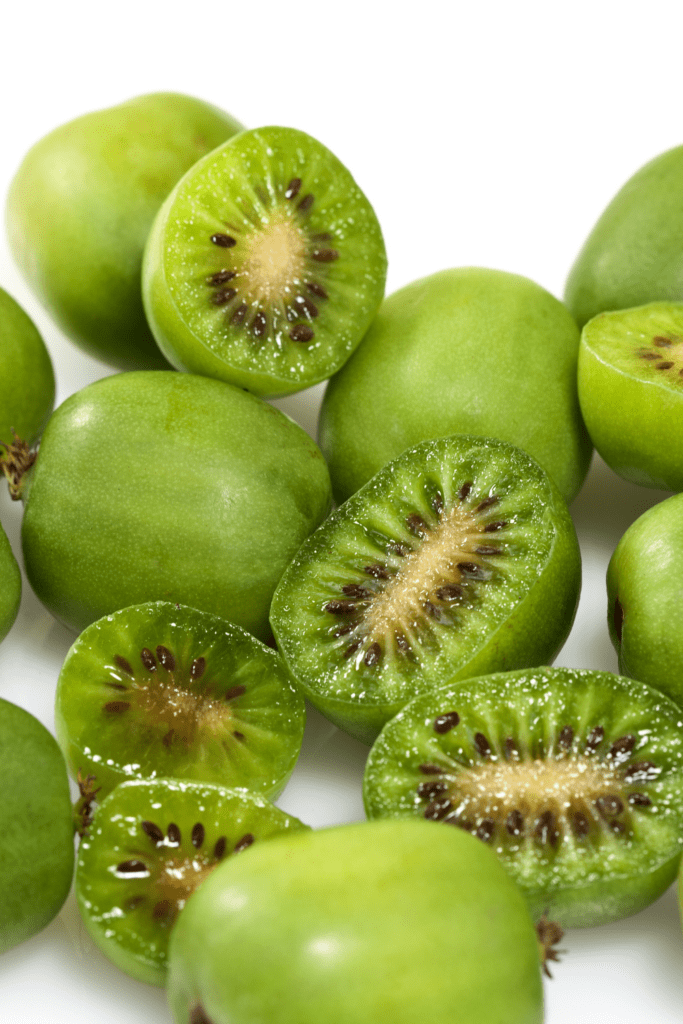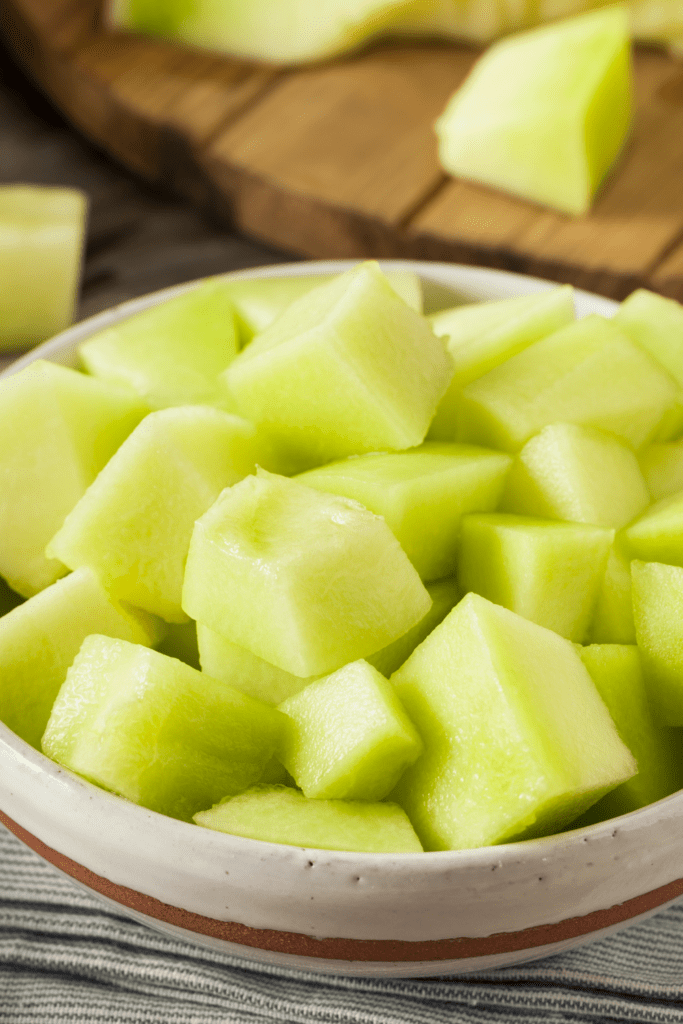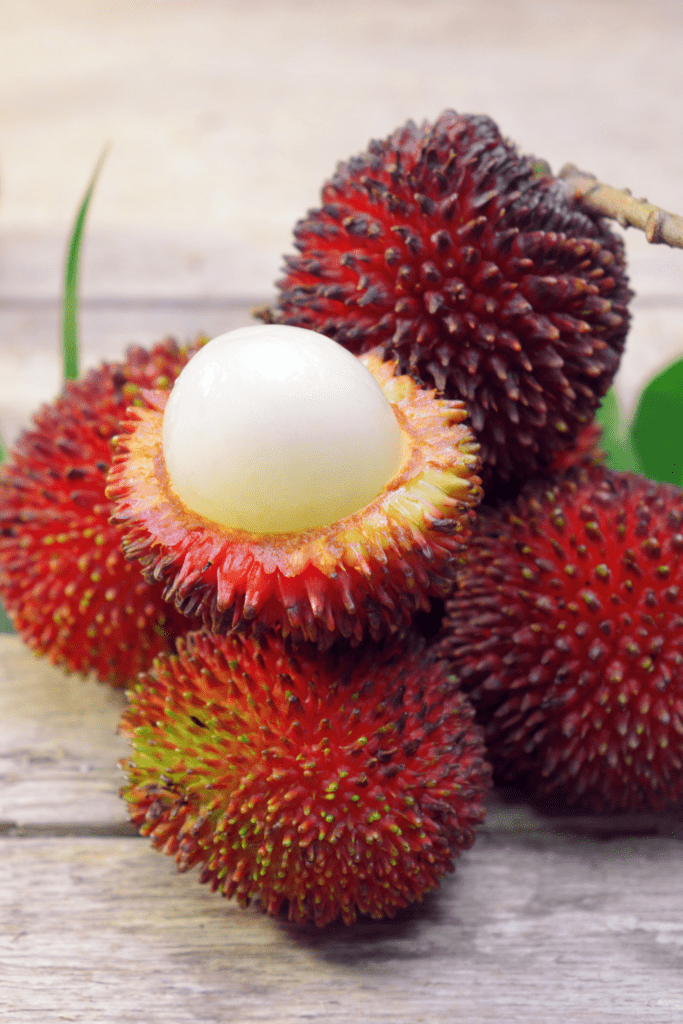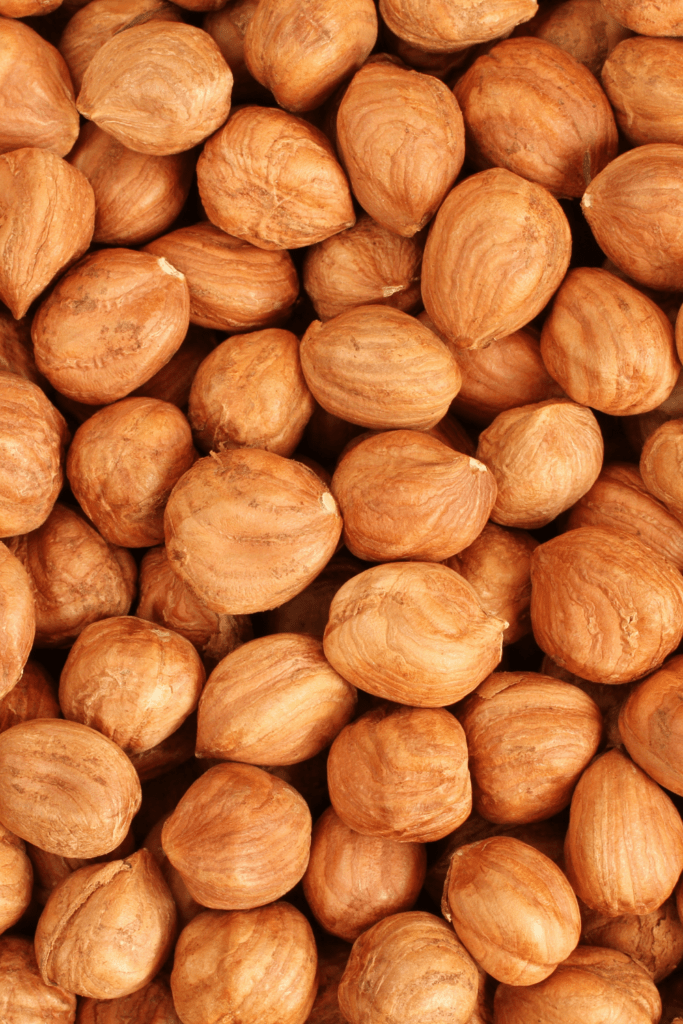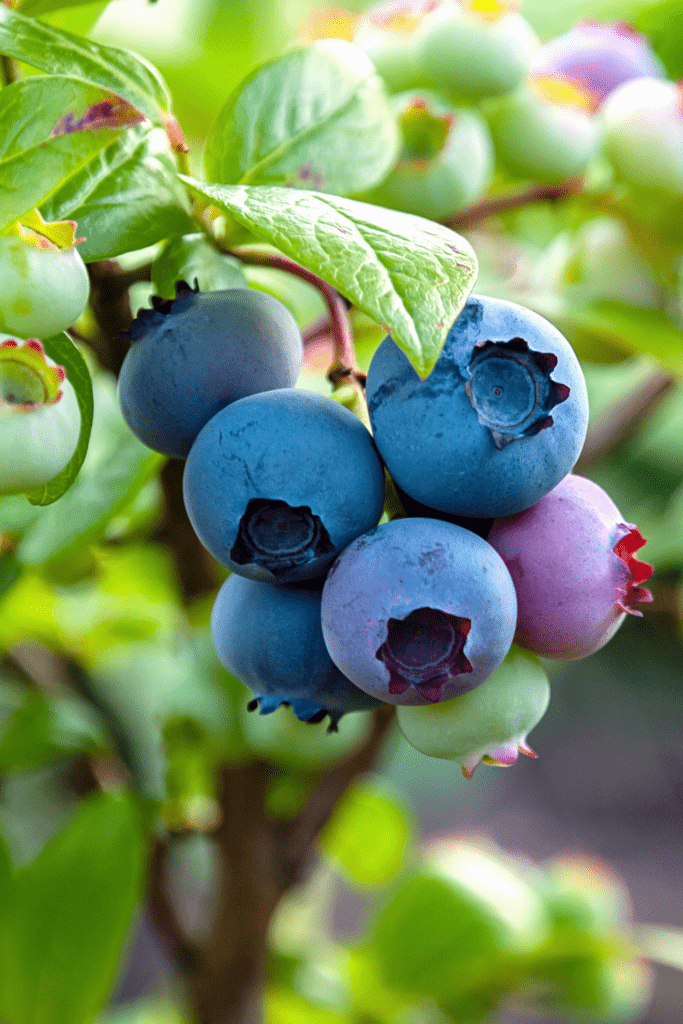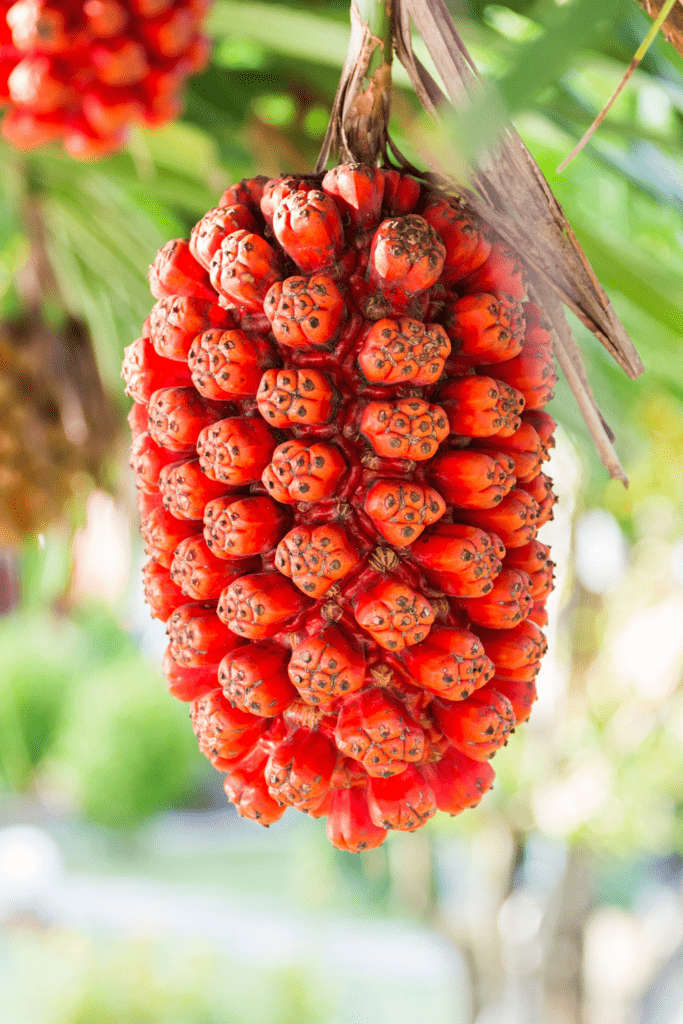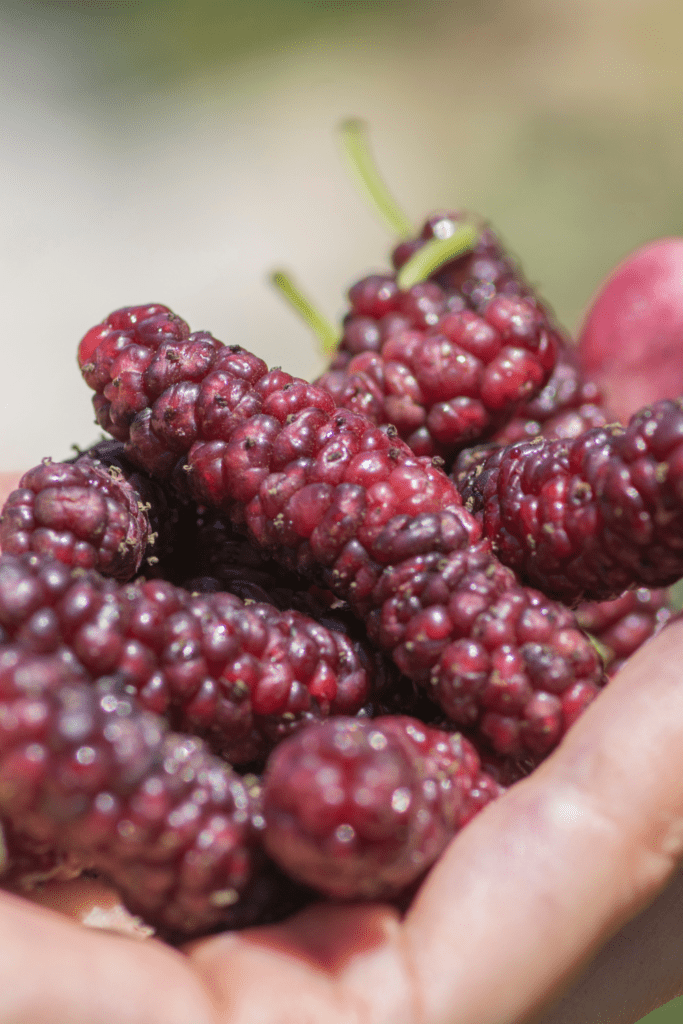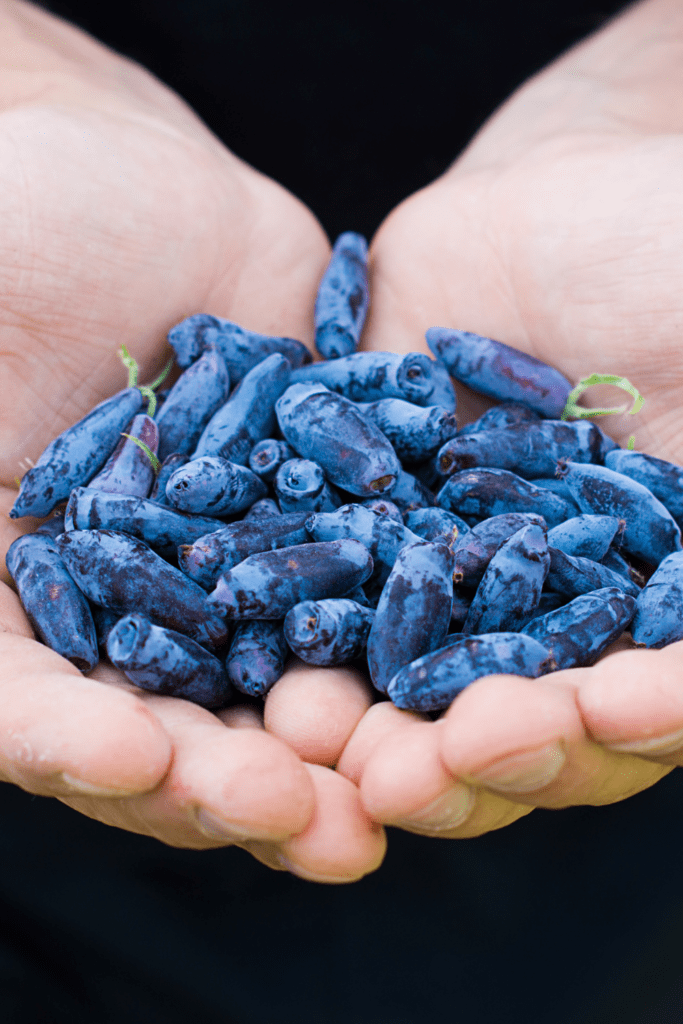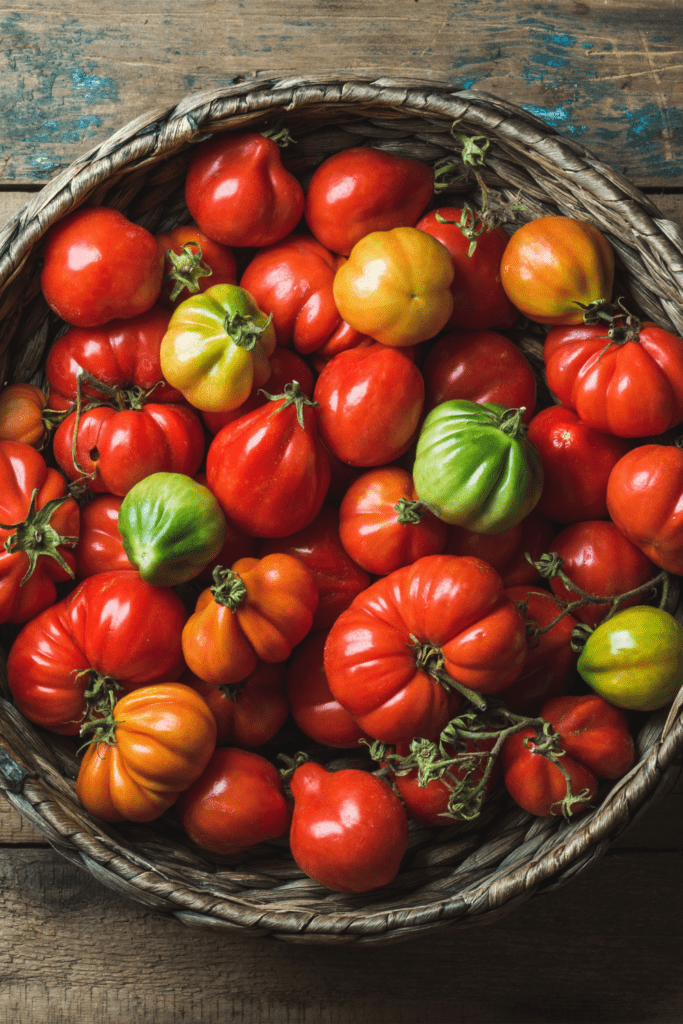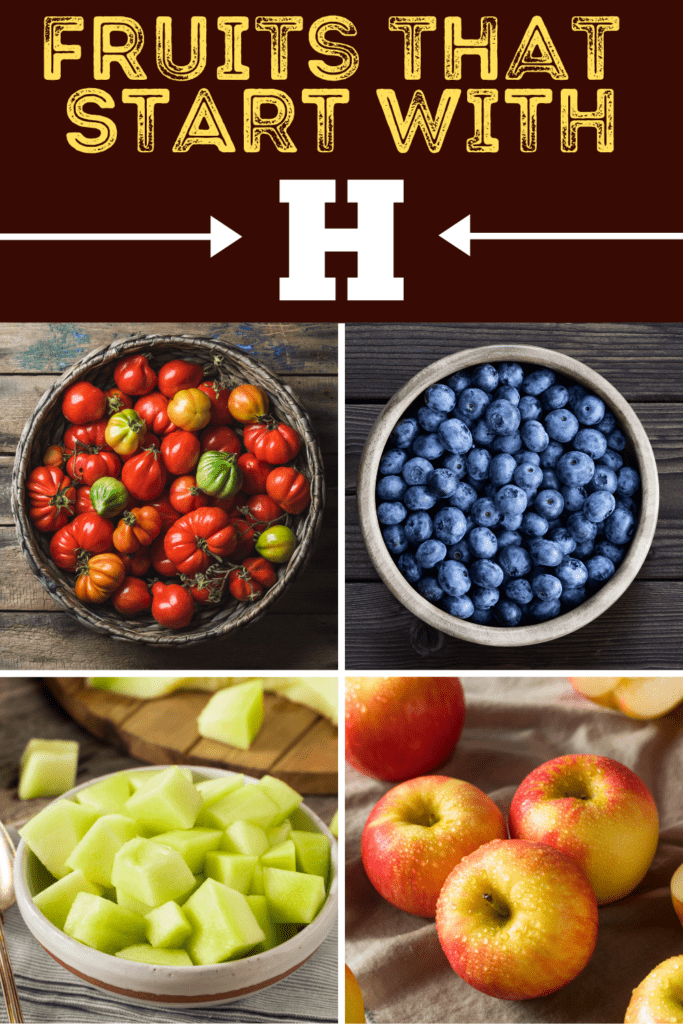If you’re equally lost, take a look at this list. You’ll recognize some old favorites like honey crisp apples and honeydew melons. But have you ever heard of hottentot figs or hairless rambutans? There’s a whole world of wonderful produce out there, each with its own distinctive taste and texture. So why limit yourself to the humble banana when you could snack on a juicy horn melon? Or a sweet-as-it-sounds honeyberry?
1. Hackberry
Hackberries aren’t a common crop, which makes them a little tricky to get hold of. These tiny, juicy berries turn a deep purple when ripe. They’re at their best in early fall, which is when you’ll really appreciate their intriguing taste. These dry, crunchy berries are known as ‘nature’s candy’, and for good reason. Some say they taste like peanut M&Ms. Some say they’re more like rich, fudgey dates. The only way to know for sure is to try them for yourself!
2. Horn Melon
Named for its spiky appearance, the horn melon comes from Africa and is a popular sweet snack in the southern and central African countries. Bright orange on the outside, green or yellow on the inside, this is a fruity treat that packs a lot of nutritional punch. The horn melon is high in protein, vitamin C, and zinc. It’s also very hydrating and refreshing, thanks to the watery flesh which tastes a little like a sweet cucumber. And that explains the horn melon’s other name – the horned cucumber. I dare you to ask for that in your local grocery store.
3. Huckleberry
When is a small, round, dark purple berry not a blueberry? When it’s a huckleberry! These juicy berries are often mistaken for their blue cousins, but they deserve a place in the Fruit Hall of Fame on their own merits. Less sweet than blueberries, huckleberries have a tangy flavor. Enjoy them in crumbles, crisps, jams, jelliers, or puddings. These antioxidant-rich fruits deserve a regular spot in your dessert rotation.
4. Honeycrisp Apple
Apples are serious business. In my house there are regular wars about whether to pick Pink Ladies or go for Galas. Honeycrisp apples were first patented in the 1980s and are now one of the most popular apple varieties. Why? Because they taste like they sound – honeyed, with a crisp, crunchy bite. Honeycrisp’s inviting taste and durability make them a good pick for baking or simply eating sliced with a dollop of ice cream.
5. Hardy Kiwi
No, this isn’t a kiwi that’s particularly tough. Hardy kiwi is a variety of the tangy green fruit native to parts of Asia. You’ll be able to spot the difference immediately. Hardy kiwis don’t have the signature hairs that cover conventional kiwis, making them look like large gooseberries. The taste is similar, however, though hardy kiwis are a bit sweeter. The big advantage is that you don’t have to peel these. Simply pop them straight into your mouth and enjoy the succulent taste of these nutritious superfoods. Vitamin C never tasted so good!
6. Honeydew
Honeydew is the perfect summer snack. Light, refreshing, and downright delicious when served cold on a warm day, this is a must-have melon. With its subtly sweet flavor and firm texture, honeydew can be served as part of a fruit salad, blended into smoothies, or frozen for sorbet-like chunks of yum. Grab your honeydew in August to enjoy it at its best. You’ll know they’re ripe when they feel slightly heavy and have a fragrant, sweet smell.
7. Hairless Rambutan
Here’s your next culinary challenge: try saying hairless rambutan without laughing. It can’t be done. Luckily, you won’t have to keep a straight face to enjoy this exotic fruit, which tastes much like the hairy version. Sweet, sour, and juicy, rambutan is eaten like a lychee – peeling back the tough outer layer to reveal a juicy, creamy globe of goodness.
8. Hazelnut
If you’re rolling your eyes and screaming at the screen that nuts are not fruit, prepare to be amazed (and hastily humbled). Most nuts are seeds but, technically speaking, a few are fruits. This exclusive group includes hazelnut, which is the fruit of the hazel tree. We all know how hazelnuts taste, but did you know they’re rich in protein, vitamin E, and healthy fats? They’re also highly versatile. Roast them with a pinch of sea salt for a hands-off healthy snack, grind them to make a topping for sundaes or crumbles, or blend into a silky praline or hazelnut chocolate spread. It’s fruit… but not as you know it!
9. Hottentot Fig
The hottentot fig is a sour fig originating from South Africa. Don’t be fooled by the name. These fruits don’t taste much like figs. Instead, they have a slightly sour taste and are generally eaten raw, dried, or as a jam. Tangy and tasty, the pulpy flesh is ideal as a refreshing snack in hot climates.
10. Highbush Blueberry
You might not have heard of them, but you’ve probably eaten lots of highbush blueberries. These are the most popular variety of blueberries and likely the ones available at your local grocery store. The highbush blueberry’s appeal isn’t hard to explain. It grows well, stores well, and (most importantly) has a punchy, full flavor that makes it one of North America’s most beloved berries.
11. Huito Fruit
The huito fruit is most famous for its vibrant blue color. It’s so famous, in fact, that it’s used to make natural dyes. So if you want something to turn a pretty shade of vivid cobalt, this is the fruit for you. It also tastes pretty unique. It’s slightly bitter and best when over-ripe. This exotic produce is the basis for a popular South American tipple known as huitochado, which involves steeping the fruit in liquor and sweetening it with honey.
12. Hala Fruit
Hala fruit isn’t just a fruit, it’s a work of art. Bright orange segments are tipped with a green cluster around a white hard center. To eat it, pull off individual segments and munch on the inner soft flesh. It’s delicately sweet and creamy and is generally eaten raw, pulped into a paste, or blended into beverages.
13. Himalayan Mulberry
As the name suggests, these berries are native to the Himalyan mountains and popular in China and India. They’re one of the best mulberry varieties in terms of taste and hardiness. Like all dark purple berries, Himalayan mulberries are high in anthocyanins, a potent antioxidant that combats oxidative stress and boosts our health.
14. Honeyberry
Honeyberries are as delightful as they sound. In the same family as the honeysuckle plant, these blue fruits taste a bit like raspberries and a bit like blueberries. You might also pick up hints of cherry or grape. Whatever you taste, it’s a mouth-watering mix, so be sure to look out for honeyberries in the spring when they come into season.
15. Heirloom Tomato
Let’s clear this up once and for all. Tomatoes are fruit. In fact, they’re classified as edible berries, so they’re closer to strawberries than you might think. You can usually identify heirloom varieties from their odd shapes. These aren’t your average round tomatoes. They come in all shapes and sizes. There’s a lot of variety in taste, texture, and color, too. Heirlooms are open pollinator plants, so they’re not genetically uniform. And that’s a good thing. Variety is the spice of life, and these tomatoes are definitely one of the juiciest and most flavorful varieties out there!
Click on a star to rate it!
Average rating 5 / 5. Vote count: 2 No votes so far! Be the first to rate this post.
Share on social media: Let us improve this post!
